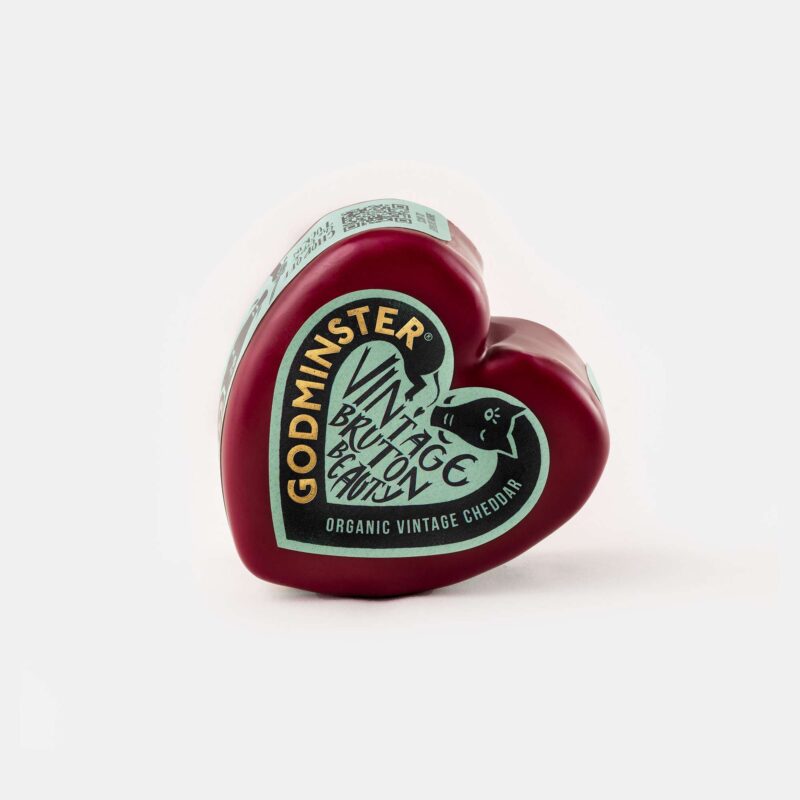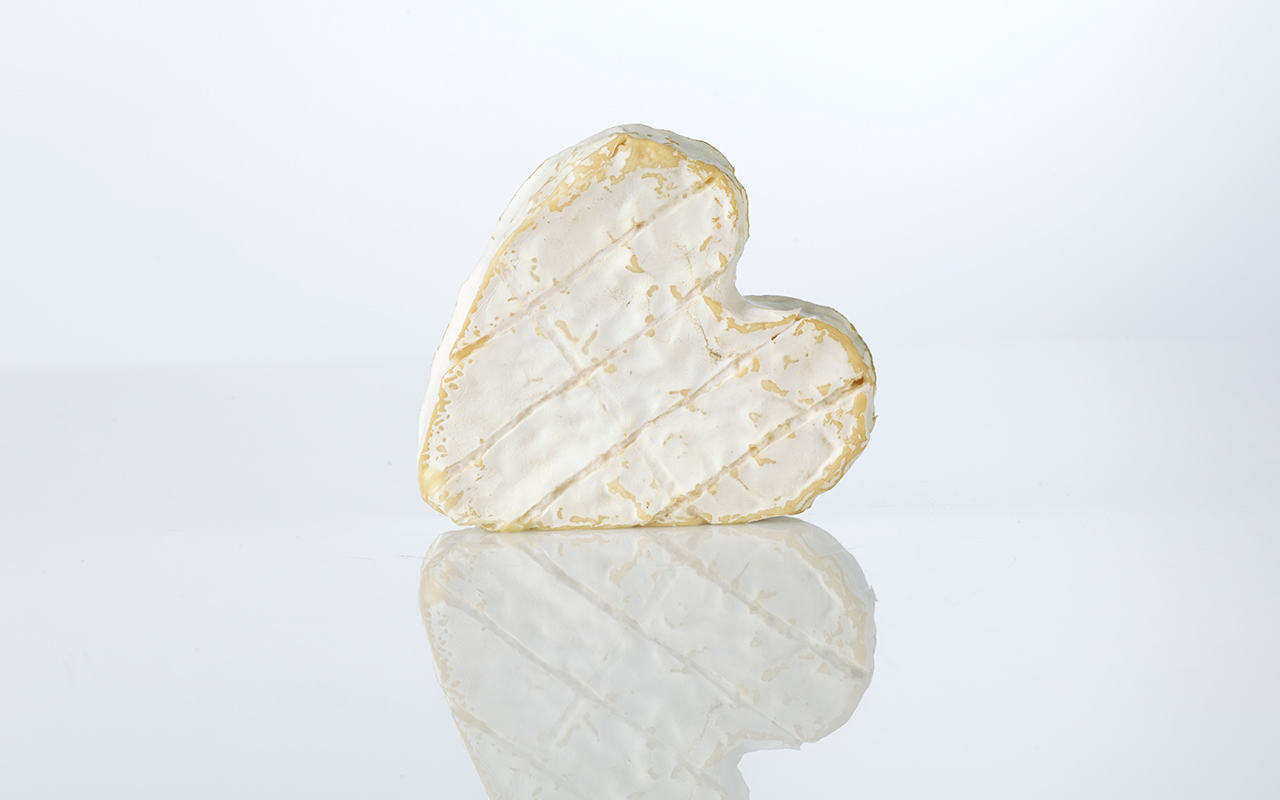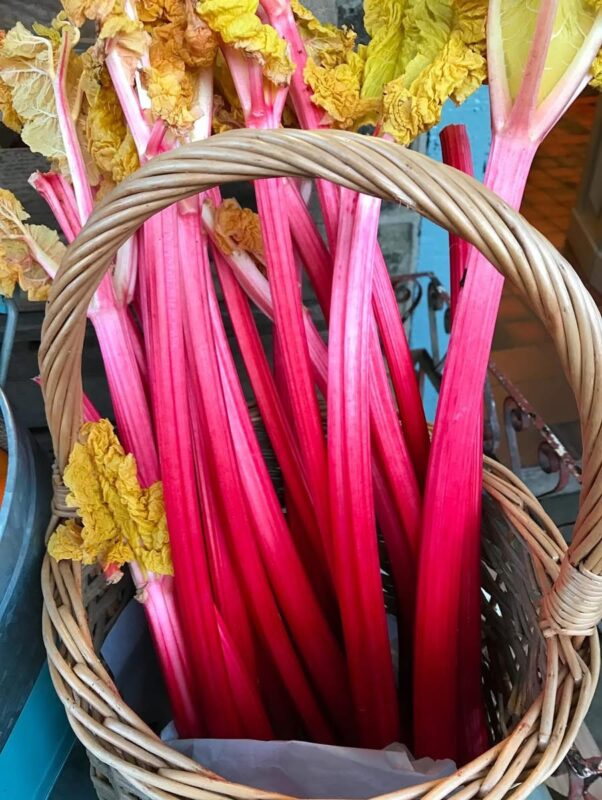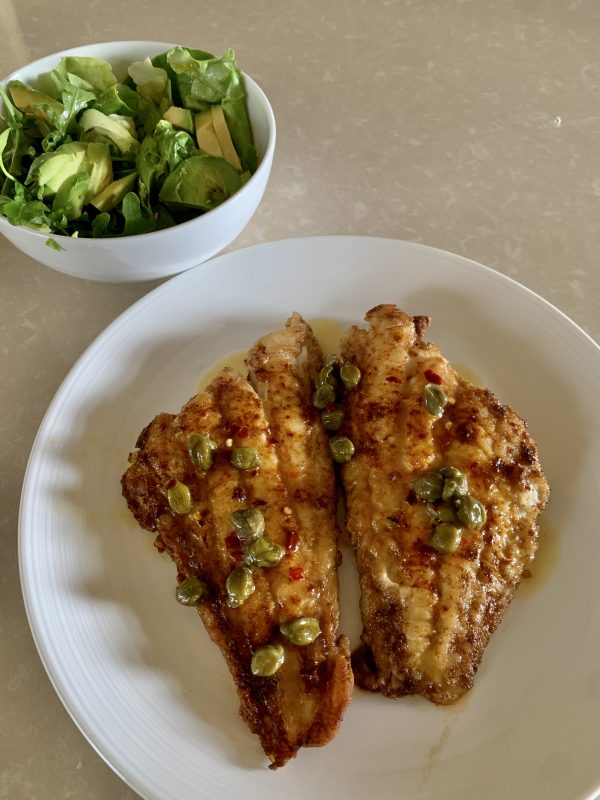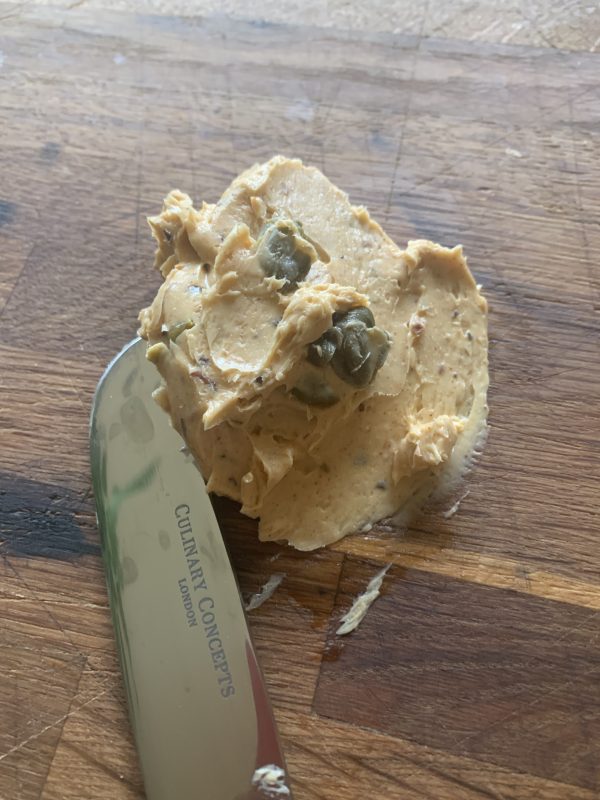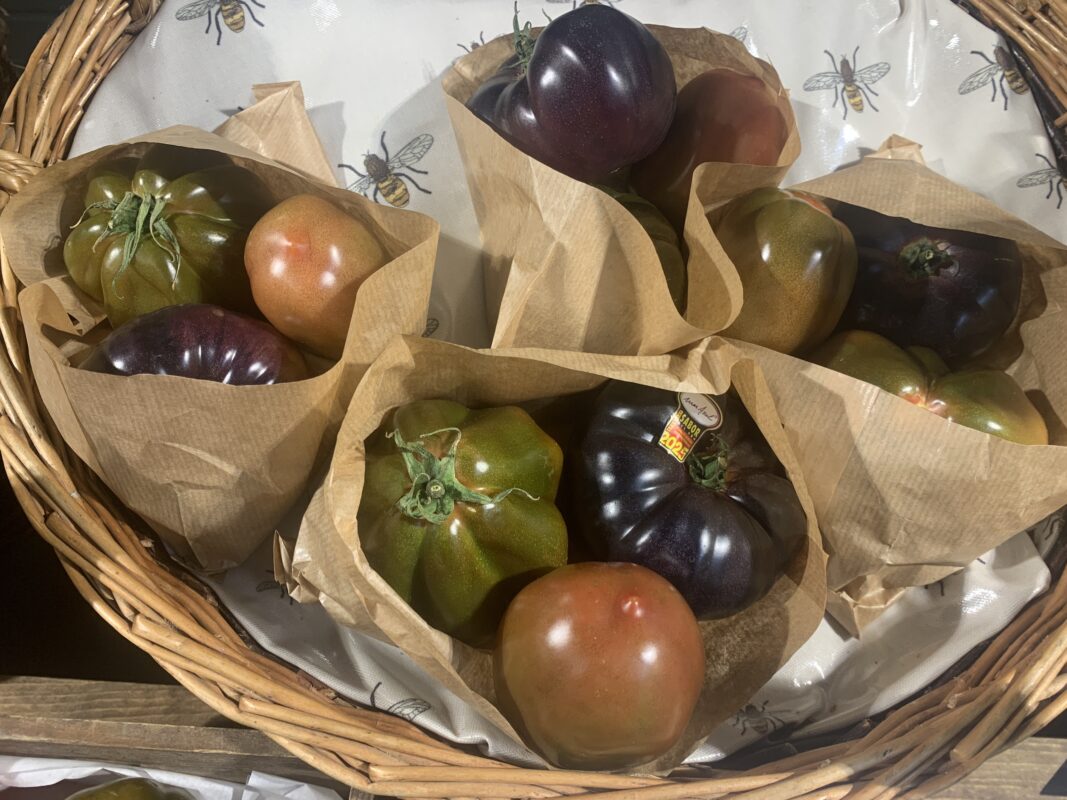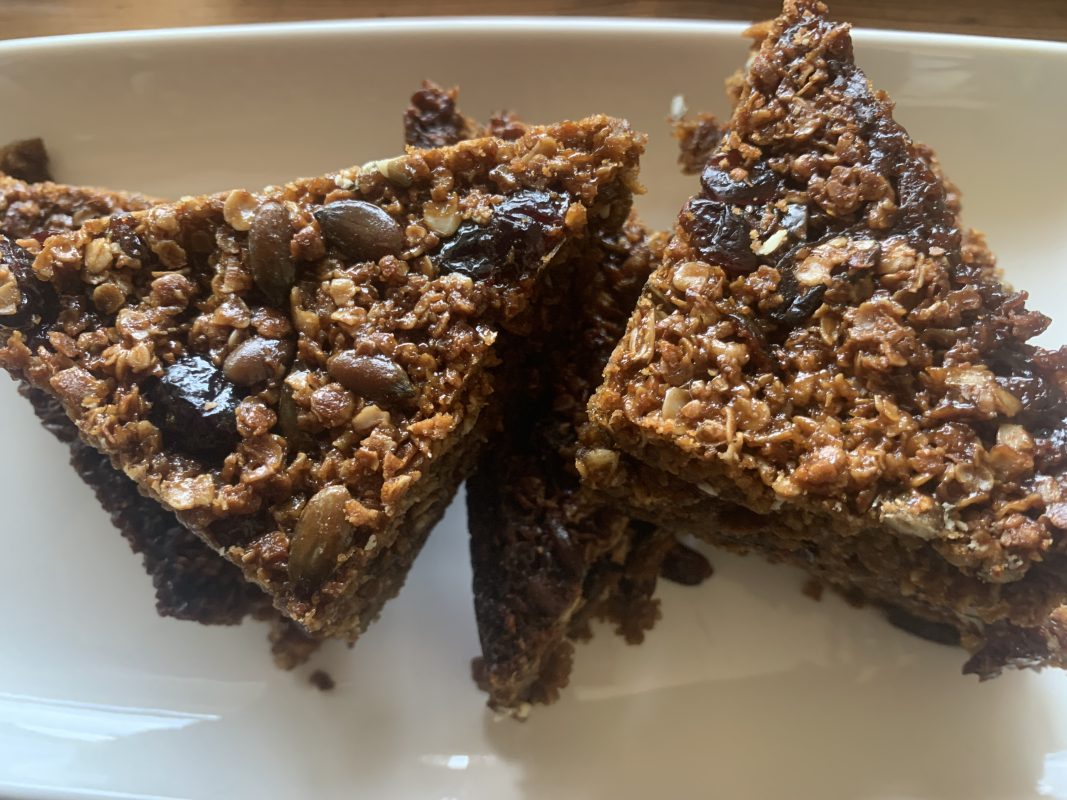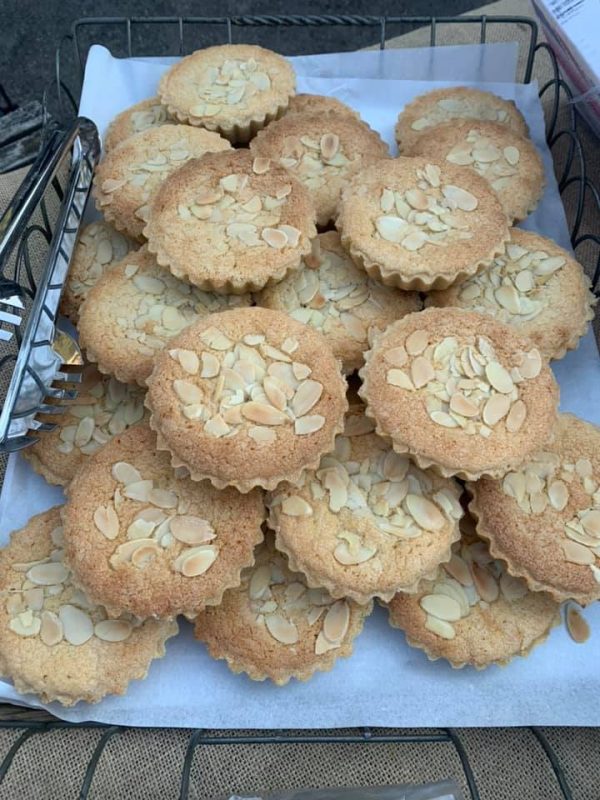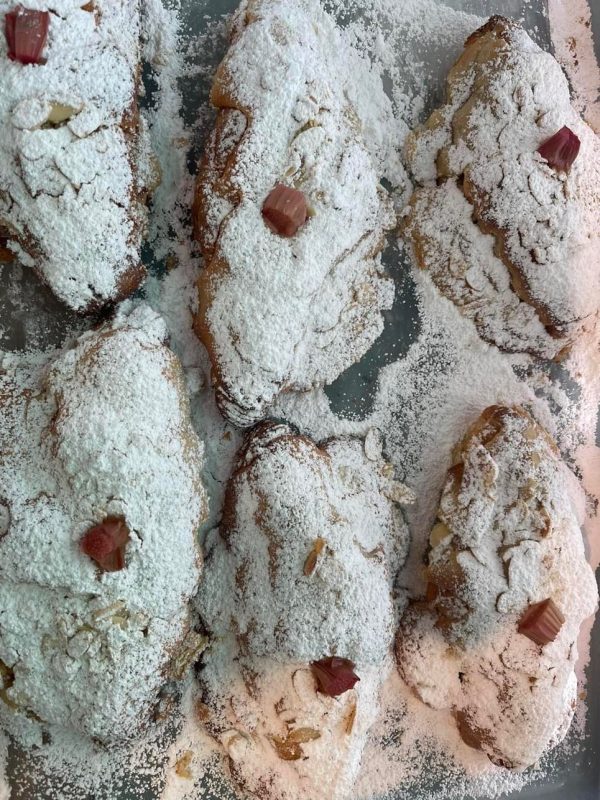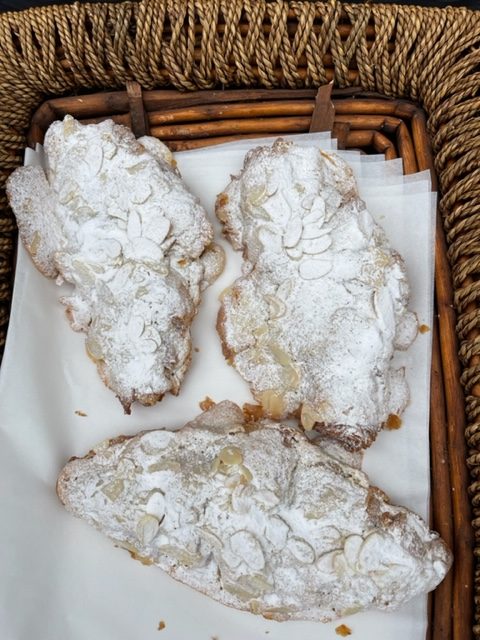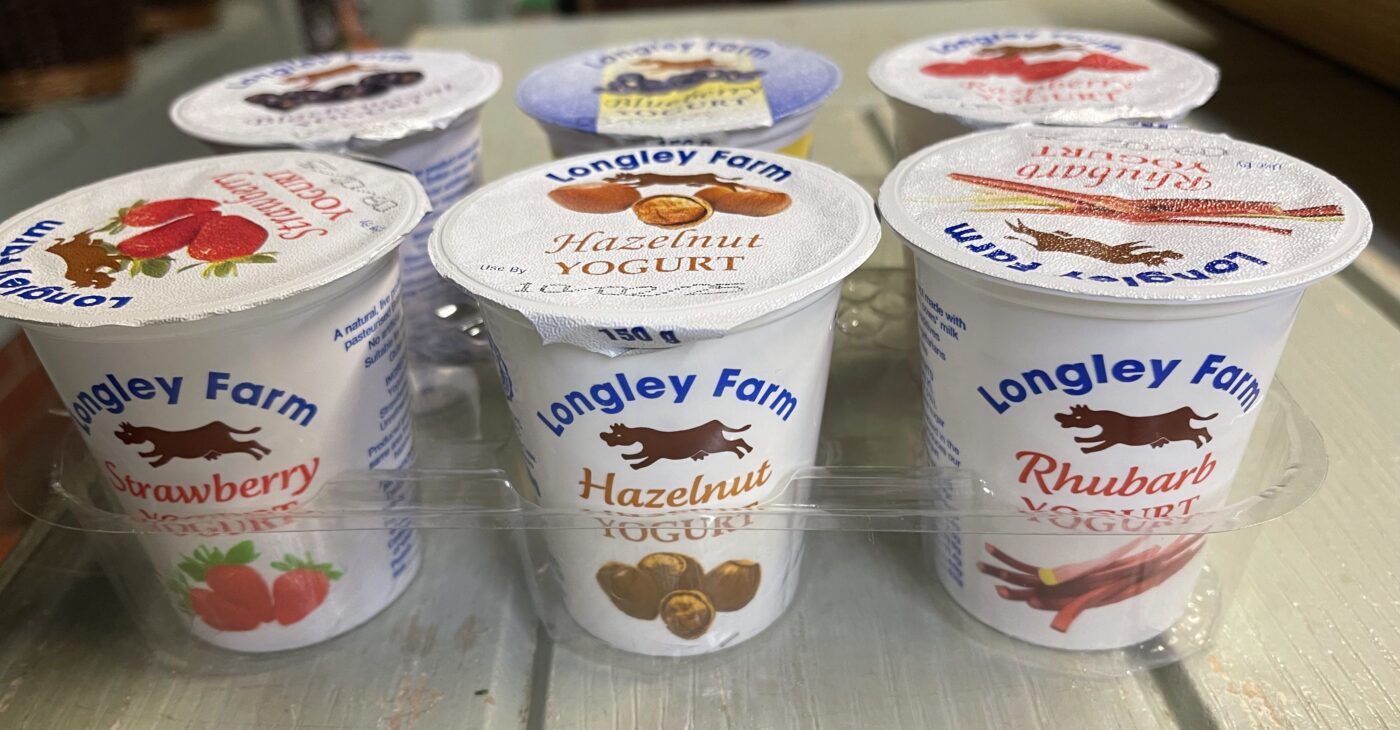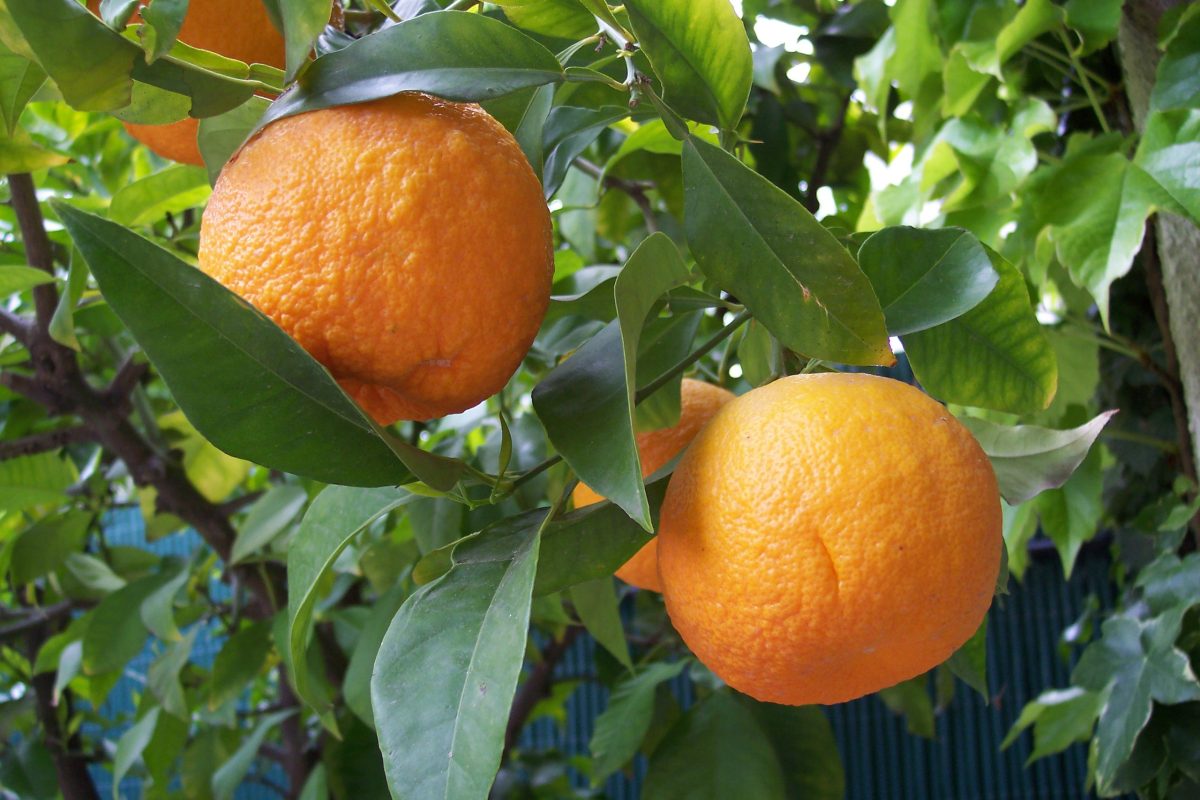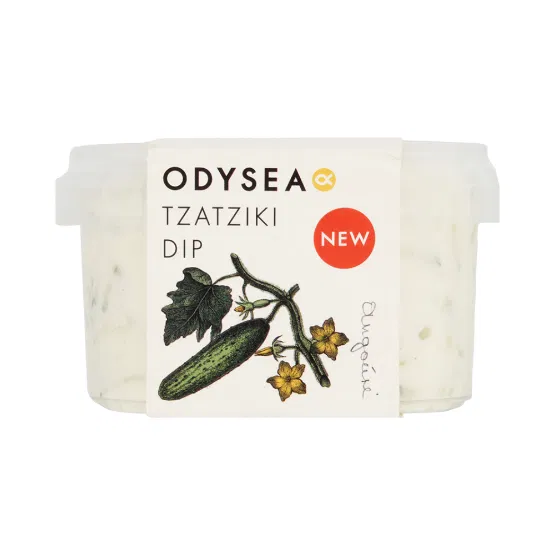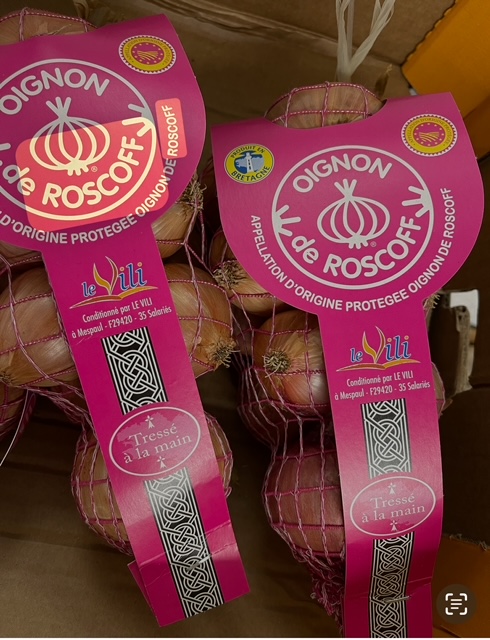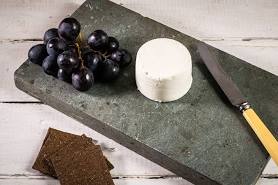This cheese is made by a tiny family owned fromagerie Les Cateliers in Buchy, in the Seine-Maritime region in Normandy.
Neufchâtel is a soft, slightly crumbly, mold-ripened cheese made in the Neufachatel-en-Bray. One of the oldest kinds of cheese in France, its production is believed to date back to the 6th century. It looks similar to Camembert, with a dry, white, edible rind, but the taste is saltier and sharper. It has the aroma and taste of mushrooms. Unlike other soft-white-rinded cheeses, Neufchâtel has a grainy texture. It is most usually sold in heart shapes. It wasn’t originally heart shaped, however, the heart-shaped design wasn’t invented for St. Valentine’s Day, it did come about through love…During the Hundred Years’ War (1337 – 1453), the French dairymaids of Neufchatel naturally fell for their English occupiers.
Consequently they started to mould the cheese into a heart shape to give as gifts. It is typically matured for 8–10 weeks. £6.25
Godminster heart shaped smooth and creamy organic cheese, this Vintage Bruton Beauty is a multi-award-winning cheddar covered in burgundy wax. The cheddar is made to a traditional 90-year-old recipe and matured for up to 12 months. It has a rich depth of flavour with a wonderfully smooth texture. £8.50
